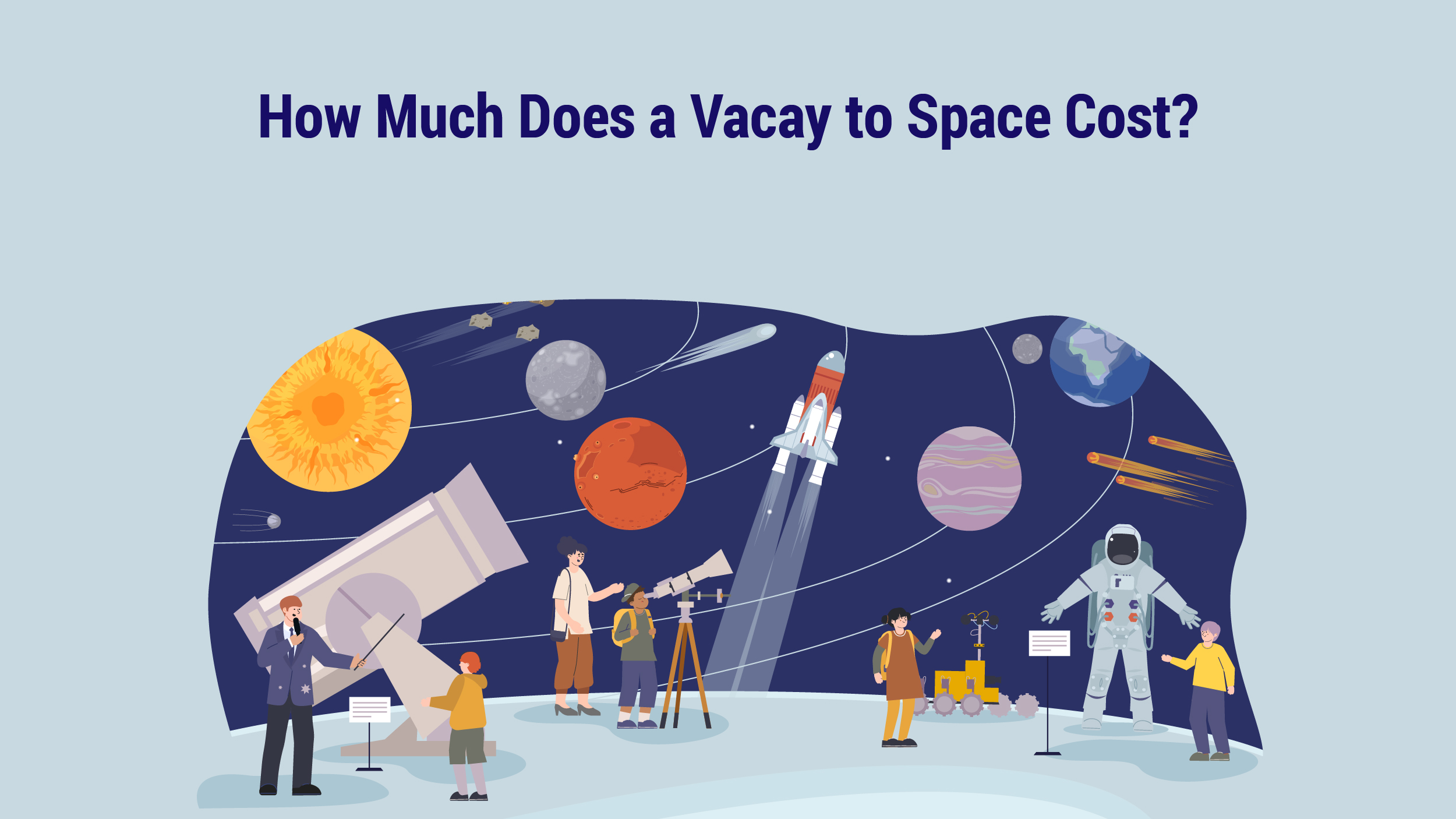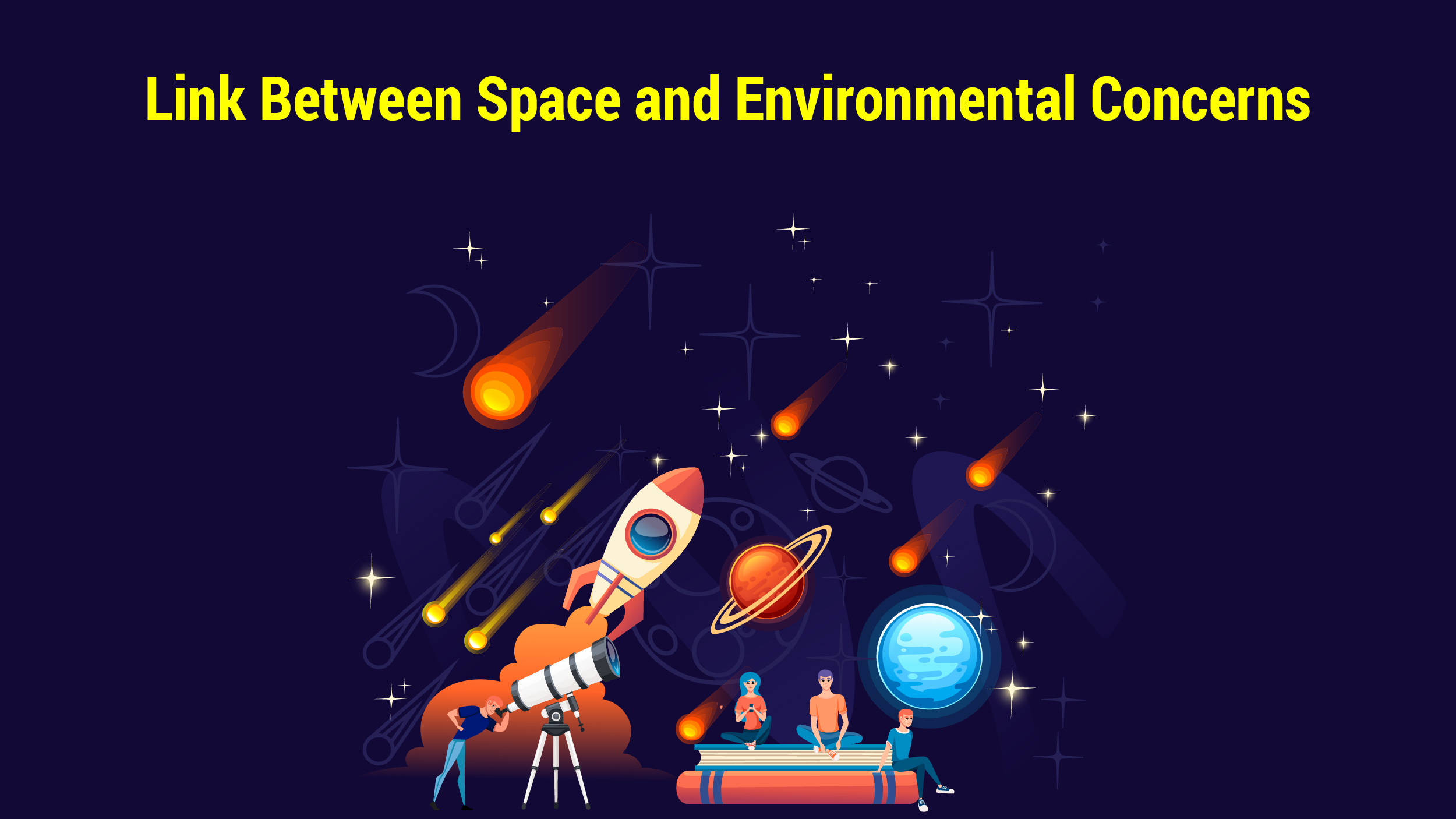Space was traditionally reserved for astronauts, satellites, and space instruments. However, recent developments have made space travel accessible to civilians. Indeed, space travel exists. And it’s very amazing. It’s also quite costly, yet you can travel to space if you have the means and the desire. Therefore, we’ve gathered all the information you require regarding space tourism in a single place, including who is qualified to take these incredible journeys, their expenses, and their safety.
What is Space Tourism?
Leisurely journeys beyond our atmosphere, commonly known as space tourism, distinguish themselves from space exploration primarily through the purpose of the venture.
The term “space tourism” characterizes the increasing trend of individuals venturing into outer space for recreational purposes. Dennis Tito, the inaugural paying space tourist in 2001, set the precedent by investing approximately $20 million for a journey aboard a Russian Soyuz spacecraft to the International Space Station (ISS). Due to the high cost of space tourism, only a very small percentage of consumers can afford or are ready to acquire a space adventure.
Subsequently, a growing number of enthusiasts have paid substantial amounts for experiences ranging from suborbital flights like Virgin Galactic’s SpaceShipTwo to voyages aboard Blue Origin’s New Shepard rocket ship.
The space tourism industry is rapidly expanding, featuring various companies offering diverse space excursions. These trips encompass suborbital flights, full orbital missions, and extended stays on the International Space Station, reflecting the diverse offerings within this burgeoning sector.
Peek Into the History of Space Travel
Space tourism didn’t start earlier because powerful countries like the United States and the USSR saw it as an expense rather than a way to make money. It was only after the USSR broke up, and Russia faced economic troubles, that they considered taking tourists to space. Russia saw the opportunity to earn tens of millions of dollars from people willing to pay for a trip and stay in space. This was different from the United States, which didn’t want rich people turning the International Space Station (ISS) into a vacation spot.
Things changed after the Cold War ended, the ISS was built, and we figured out how to take three people into space even when only two were needed. This opened the door for space tourism. The first person to go down in history as a space tourist was Dennis Tito, an American businessman and former NASA engineer. He was the first to travel to space just for fun and pay for it, making him a tourist.
Despite the high cost and long waiting lists, more tourists have followed Tito’s journey, mostly with the company Space Adventures.
How Much Does a Vacay to Space Cost?

Space tourism is a pricey venture, with suborbital trips costing $100,000 to $250,000 per person, while orbital flights can reach a staggering $200 to $300 million per person. Suborbital flights are shorter, taking passengers about 100 miles above sea level for a 4-minute journey. In contrast, orbital flights venture into low Earth orbit, lasting several hours at least 200 miles above sea level. Suborbital options are more popular due to their affordability and safety compared to the intricate technology required for orbital trips.
Is Space Tourism Safe?
Safe space tourism is no longer just a claim; it’s a reality, thanks to the efforts of companies like SpaceX, Virgin Galactic, and Blue Origin. These experts in rocket launches ensure the safe transport of people to space and back to Earth.
While some risk remains during the launch phase, once in space, the main concerns are space debris and solar radiation. According to the National Space Society, space tourism could be the most cost-effective method for human missions across the solar system.
Before embarking on a space journey, rigorous training is mandatory. This can vary from a few hours of online sessions to weeks of intensive, in-person training, depending on the trip’s nature. To qualify for space tourism, individuals must be healthy adults over 18, pass physical and mental evaluations, undergo training, pass a flight test, and clear background checks for security purposes.
Are there Hotels in Space?
The idea of sub-orbital or orbital flights, despite being costly, remains too brief to fully enjoy. The concept of space hotels has been around since the 1990s, with various projects, though mostly conceptual, emerging. One of the space tourism companies, Bigelow Aerospace is actively working on a space station for private use. Their Genesis ships, inflatable prototypes made of carbon fiber, aim to reduce space flight costs. Already, the company has successfully launched the first two prototypes, Genesis I, and Genesis II, testing the feasibility of inflatable structures in space.
Link Between Space and Environmental Concerns

Increased space tourism poses significant environmental concerns, amplifying climate impacts by an order of magnitude. Presently, the wealthiest 1% emit approximately 100 times more CO₂ than the poorest 10%. This exacerbates climate change disparities and contributes to environmental injustice. Launches, especially with solid rocket boosters, cause stratospheric ozone depletion, and there are concerns about atmospheric pollution from debris re-entering. The rapid progression of space tourism raises questions about its consequences, particularly given the vulnerability of activities in low Earth orbit, which support crucial environmental monitoring systems, weather and climate tracking, geolocation, and communications. Balancing the excitement of space travel with careful consideration of its environmental implications is essential to avoid irreversible damage.
Future of Space Tourism
The future of space tourism is poised to revolutionize our exploration of outer space. With the emergence of commercial space travel, increased accessibility, the potential for space hotels and accommodations, and the prospect of extraterrestrial tourism, individuals will have unprecedented opportunities to experience the wonders of space. Moreover, space tourism can contribute to scientific research, and education, and inspire a greater interest in space exploration. As the industry progresses, sustainability practices will also play a crucial role. Ultimately, the future of space tourism holds the promise of a thriving and transformative industry that will redefine our relationship with the cosmos.




